Drought: Range and Land Management
All Drought: Range and Land Management Content
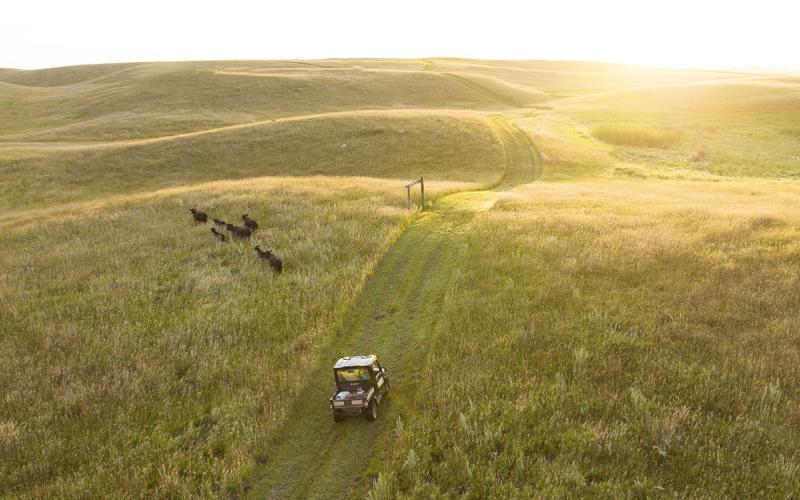
Holistic Ranch Management Helps With Economic and Climate Resilience
Holistic ranch management offers ways to think about ranching as part of a diverse ecological system. Learn how two South Dakota operations have leveraged it to generate multiple income streams from shared resources.
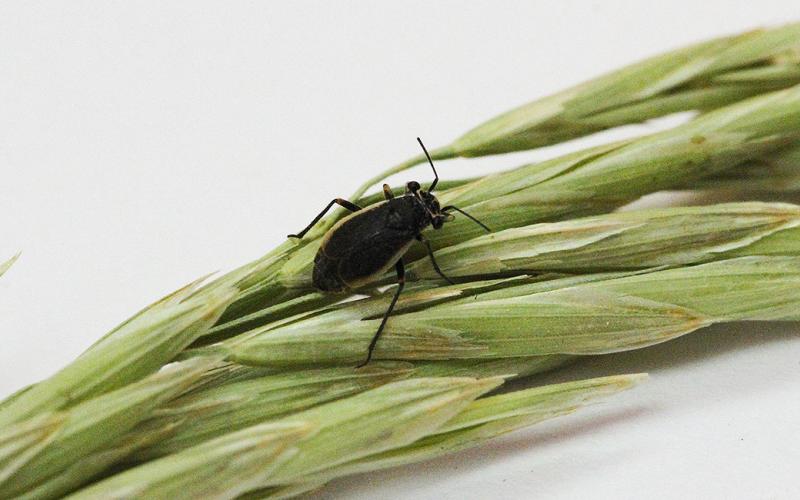
Black Grass Bugs May Cause Issues if Drought Persists
In western South Dakota, black grass bugs are a common spring forage pest that can cause considerable damage during periods of drought. Learn how to monitor and manage this pest to protect your forages this spring.

South Dakota Grasshopper Prediction for 2022
Data from the 2021 USDA Adult Grasshopper Survey of South Dakota suggests that grasshopper populations may continue to be problem in parts of central and western South Dakota during the spring of 2022.

Grasshoppers Continue to Be an Issue During 2023
We have received numerous reports of very large populations of grasshopper nymphs in June. Before management action is taken, it is important to determine what stage observed grasshoppers are at.

South Dakota Grasshopper Prediction for 2023
Grasshoppers can cause serious defoliation in forage, soybeans and corn throughout much of the growing season. See our activity predictions for the 2023 growing season based on the 2022 U.S. Department of Agriculture Adult Grasshopper Survey.

Time to Start Scouting for Black Grass Bugs
In central and western South Dakota, black grass bugs are a common spring forage pest that can cause considerable damage during periods of drought. Learn how to monitor and manage this pest to protect your forages this spring.
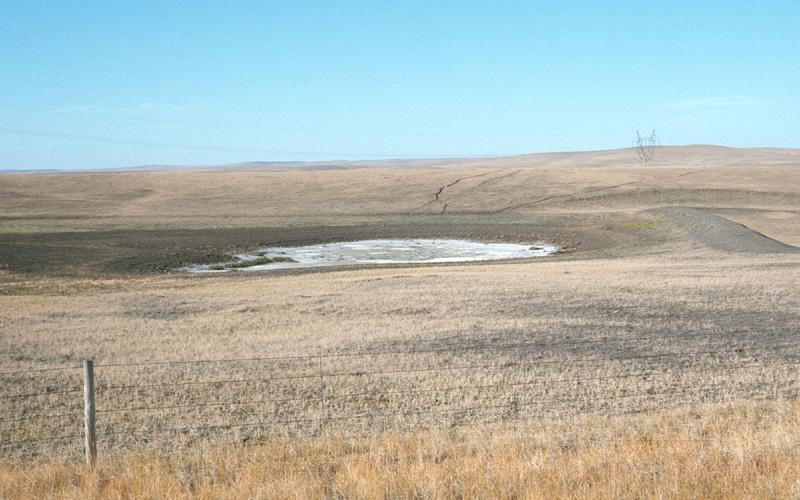
Can You Break the Hydro-illogical Cycle?
Regardless of the time of year, it is critical to start thinking about the next drought before we are in it. Learn some key strategies for breaking the Hydro-Illogical Cycle by leveraging drought motioning resources and creating a plan for your operation.
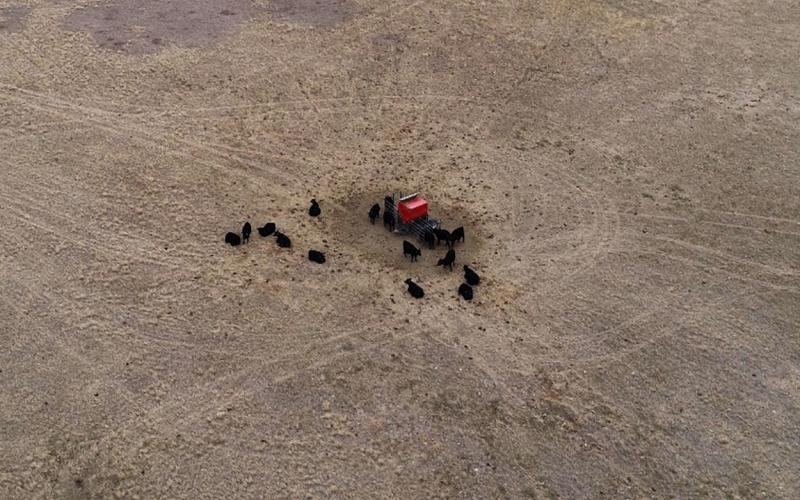
Utilizing Drones for Ranching Operations
Using drones as a tool for monitoring grasslands, checking cattle, and monitoring water sources has increased recently. Learn some important licensing and safety considerations for using drones on your operation.

Poisonous Plants on Rangelands: Deathcamas and Lupine
With prolonged drought conditions throughout many areas of South Dakota, there is an increase of invasive weeds and poisonous plants on rangelands. Identification of poisonous plants is crucial to ensure livestock production is not compromised.
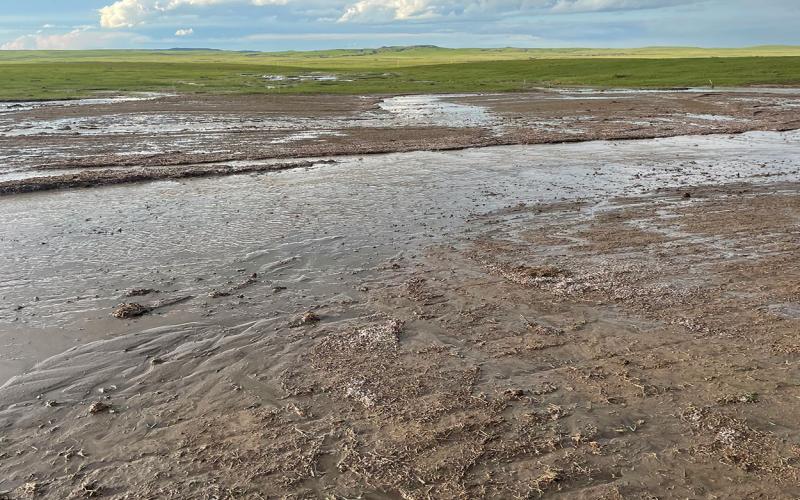
Five Range Management Principles: #4 Residual Forage
Residual forage is the amount of green leaf left after a grazing event. Understanding its importance can help producers capitalize on the symbiotic relationship that occurs when soil health is front and center on rangelands.